









Michael Caine burst onto the screen after a successful television and stage career landing roles in three consecutive cinematic hits; Zulu, The Ipcress Files and Alfie
“I knew Michael quite well—still do. We’re the same age and were in the same circles. I don’t remember where we were going, but that’s Camilla Sparv in the car with us. She was a wonderful Swedish actress who was married to the head of Paramount Pictures, Robert Evans, for a time.
"These two shots were taken around 1966, when Michael was filming Funeral in Berlin, the sequel to The Ipcress Files. He was just great in the lead as Harry Palmer. Michael really embodies the characters he plays. He’s also one of the only actors who can take on a serious role one minute, a thriller the next and then follow up with a comedy. He’s just incredibly gifted. He is also one of only three actors who were nominated for an Academy
Award in five consecutive decades. The other two being Jack Nicholson and Laurence Olivier. That’s the level he is at.
“I worked with Michael several times over the decades, mainly on film-sets. When you are on set, there is a lot of down time. People think it’s shot after shot with everything timed out to the second. But that isn’t the case. There are a million moving parts, some controllable and some not so much.
"You spend time waiting for clouds to pass or noise in the background to stop. There’s time waiting for sets to be constructed, people to arrive, make-up to be completed, costumes to be zipped up. If one element is late, it’s a domino effect and you are left sitting there.
“Well, for whatever reason, whenever I was working with Michael Caine and there was any down time, I somehow always caught him nodding off, catching forty winks.”
“He was about to release his first solo project, Welcome to My Nightmare, when I got the call to come to Cooper’s house and take photos. I never really know what to expect when first meeting a star. I know that how they are on stage or in film is often just an act, but I’ve been wrong before and Cooper’s reputation as a wild man preceded him. I wasn’t quite sure what I’d be walking in to when I rang that doorbell.”
In 1975, Alice Cooper changed his name to avoid legal complications with his former band, and relocated to Los Angeles. After a string of successful albums, the band had officially called it quits and Cooper was in Los Angeles to pursue a solo career as a singer and television personality.
“He was seriously one of the most charming gentlemen I’ve ever had the pleasure to photograph. He had a lovely house and it was very much a family atmosphere. You could tell that the heady days of rock and roll were behind him. He was smart, not only in a business way, but smart enough to know what the end results of too much alcohol and too many drugs would be. We had all witnessed first-hand what could happen. And Cooper was determined to start walking down a different path.
“I spent a few days with him. Some of my favourite shots from those sessions again revolve around a pool. To a Brit, a pool at the back of the house was still a revelation! So whenever I saw that a pool was available, I’d ask the celeb to get in. Cooper was game and he grabbed a copy of Peter Benchley’s bestseller Jaws. Jaws had just opened in theatres and it was a huge hit. Everyone was either reading or watching Jaws and people were afraid to get in the water! I thought it was pretty funny to have someone like Alice Cooper, who looks scary enough by himself, playing around with the ‘don’t get in the water’ idea. The joke worked even better when his girlfriend got in the pool herself and pushed a funny inflatable shark towards Cooper.


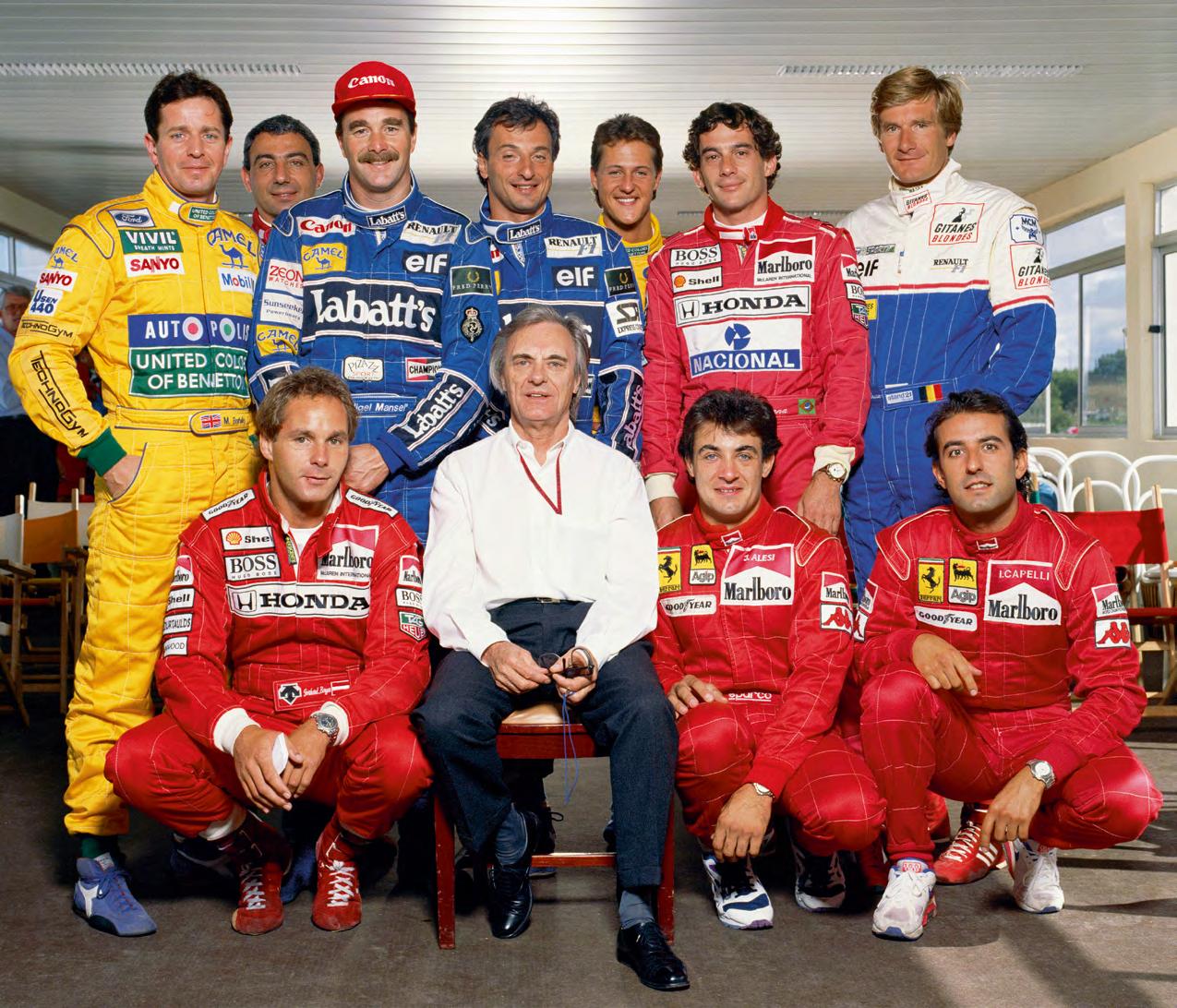

A group shot of the racers behind the fastest sport in the world
“I love watching Formula 1. There’s something really great about the atmosphere at a race that just gets everyone going— the cheering, the noise, hearing the cars, everything. I know Bernie Ecclestone quite well, he’s always been very kind and generous to me and has allowed me to trail along to a few races. Besides being the Chief Executive of the Formula 1 Group, he is hands-down the most passionate and knowledgeable man on the subject of anything Formula 1 related.”
Motor racing as a sport is as old as the invention of cars. Formula 1, started after World War II in 1946, gained speed and spectators with its first championship race at Silverstone in the U.K. in 1950. Since then, races or ‘Grand Prixs’ have been held worldwide and are a multibillion-dollar business. Bernie Ecclestone is widely regarded as the man who brought the billions to the world of racing. After racing himself, he quickly moved into management and eventually team ownership. His rise to the top of the business was swift and became Chief Executive of the Formula 1 Group in 1978.
“If I was lucky enough to go to the races with him, well, you can imagine. I found myself with him in the drivers' room — that’s the room where they prep for the race. People like me are never allowed in the private sanctuary of this room, especially anyone press-related. But that’s how I got this great shot of Bernie with the Formula 1 drivers all in their team colours. I was just at the right place at the right time and this time, I was with the right person, too.”



“This was one of the greatest honours of my life. To be asked to take photos at Nelson Mandela’s 90th birthday celebration in Hyde Park, London, 2008.”
Terry O’Neill was commissioned by the Nelson Mandela Foundation to photograph the former President of South Africa, anti-apartheid revolutionary and philanthropist Nelson Mandela at a massive benefit concert on his behalf. Nearly 50,000 people attended the concert which raised awareness of the HIV/AIDS pandemic. A vast number of celebrities were also in attendance, including President Bill Clinton, and memorable acts performed on stage, including The Who, Amy Winehouse, Annie Lennox and Joan Baez.
“I met Nelson Mandela at his hotel and I took some
beautiful candids of him relaxing, reading the paper, and a wonderful portrait of Mandela with his wife, Graça Machel. It was all such a whirlwind, to be quite honest. I knew I was privy to a historic moment and I was with one of the most important people alive. You could just feel his presence in the room. I tried hard to remember I was there with a job to do! As guests arrived, I took more photos, including President Clinton, Oprah Winfrey, David Cameron, Gordon Brown and other ‘larger than life’ figures.
"When it was time to leave and we said our good-bye, I nearly burst into tears. I realised that I was with one of the greatest human beings of the last 100 years, 1,000 years. It was a very emotional moment for me.”

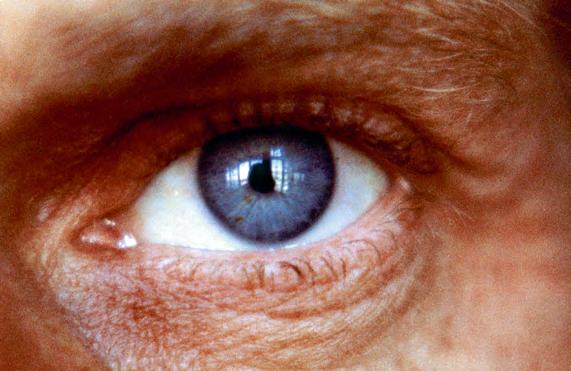
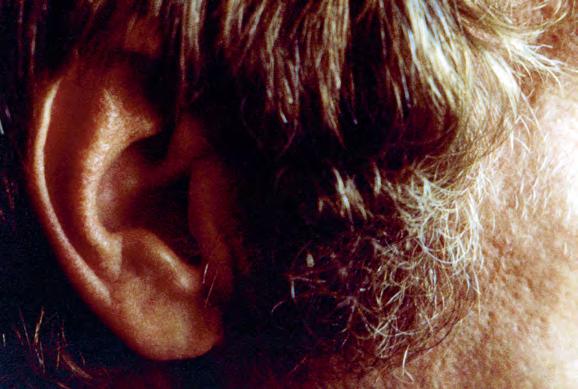
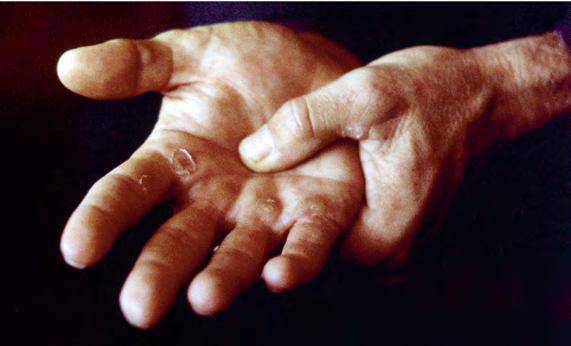
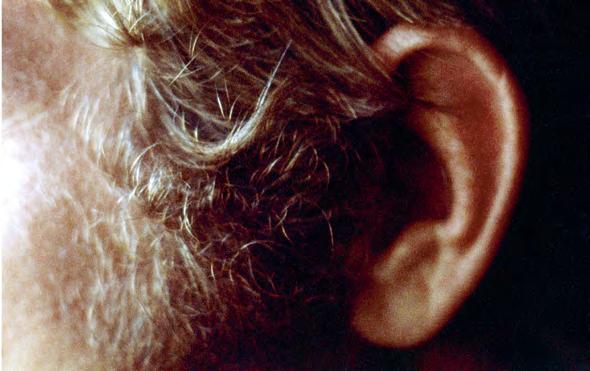
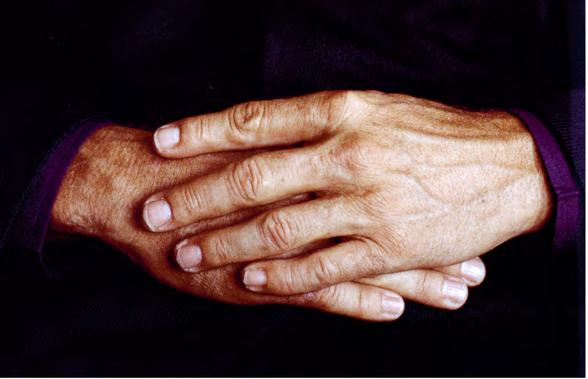
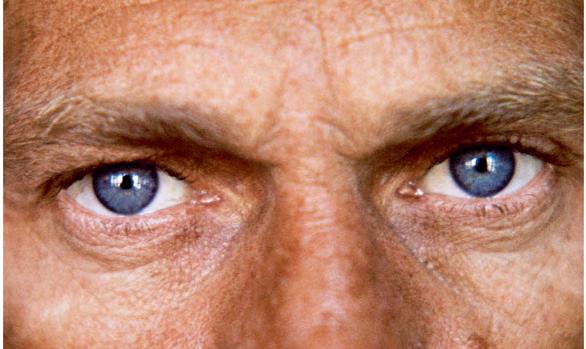









Life’s a beach
“One of the greatest! When I was offered the opportunity to fly down to Santos, Brazil and take photographs of Pelé I jumped at the chance. Pelé, absolutely. Pelé in Brazil, name the date!”
By 2013, Terry O’Neill was pretty much done taking photographs. “I wanted to enjoy retirement. I’d worked non-stop since the late ‘50s and I was tired. Plus, I had a few health scares that really made me understand that I wasn’t a young man anymore. A few years ago, I transferred my photography archive over to Iconic Images, run by a great friend of mine, a friend I trust completely, so I knew that my work was in good hands and I could relax—and watch football.”
But in 2013, O’Neill was eased out of retirement when an opportunity came his way too good to miss. “There are still a few people who can get me out of the house,” he laughs. “If Elton (John) or Eric (Clapton) call, I’m happy to go. Obviously, when I had the chance to take Nelson Mandela’s photo, that was a once in a lifetime moment. As a lifelong football fan, it
doesn’t matter who you cheer for or who you root for, Pelé stands alone as the greatest footballer that has ever played the game.
“A group of us went down to Brazil. And Pelé didn’t disappoint. He was great and was living like a king! We decided to take the portraits down by the beach, a beautiful setting. At first, we did the transitional kit shots, it was Pelé after all, but I was just finishing my book All About Bond, a collection of all my work on the sets of those films, so I thought why not ask Pelé to put on a suit and dress him up as the James Bond of football.
“It is really one of the best things about the career I’ve had. Sure, I’m asked all the time about what it was like in the early ’60s, just starting out. But I was the same age as the people I was taking photos of. When it came time to take a photo of someone like Muhammad Ali or Pelé, it was an honour.”
From the moment I received the letter to the last second of the day, that was the most nerve-wracking job I ever did “ ”
The moment The Queen smiled at me
“Three months before the actual appointment, you receive a letter from the Palace inviting you to take portraits of The Queen. The Queen! Can you even imagine opening a letter and seeing that? For those three months, I tried to think of every possible situation that could go wrong. I needed to be overly prepared. In the build-up to the actual day, I don’t remember if I slept a wink.”
HM Queen Elizabeth II was one of the most photographed women in the world. In 1992, Terry O’Neill received the invitation to photograph her for an official portrait. A huge honour bestowed to a working-class lad raised just outside Heathrow who rose to the top of his field as a photographer.
“It came as a surprise to me. I never thought of myself in that league. That was Beaton and Parkinson. I took photos of Hollywood and rock stars. The Queen? I never imagined that would happen to me.
“My mum used to take me to wave to The Queen on her way to the football Cup Final at Wembley. So this was a touching moment for me. I’m sure everyone says that, but my memory of her is intertwined with memories of my mother.
“I was very worried about what to say, how much I could say and even if it was appropriate to have a conversation with her. Before arriving, I was told I’d have about thirty minutes to take her photo.
“When she walked into the room, she was larger than life. She’s small in stature, but her presence is giant. I know I’m not saying anything original here, but that’s what I remember the most. How huge she seemed. She was regal.
“I really wanted to make her smile. I studied portraits of her before the day arrived and I wanted the opportunity to make my photo different. I knew this photo was going to be seen by millions. This photo would be part of history, hung in museums; that added a bit of pressure,” O’Neill laughs.
“I knew she liked horses, that’s well documented, so I told her a horse-racing joke, and she laughed.
“And that’s how I got the moment. The moment The Queen smiled at me.”


“These bikini shots of Raquel were taken for press use for the film Myra Breckinridge.” The 1970 film, based on the bestseller by Gore Vidal, was a controversial release and at first received an ‘X’ rating and some of the worst reviews for a film that year.
“I did a lot of set photography for the film and did a series of press images. The original jacket for Vidal’s novel was something similar to these photos—only using a mannequin in a stars-and-stripes bikini. They used this on the poster. She looks terrific. Myra Breckinridge was a pretty bold choice for someone like Raquel to take on. Sadly, I don’t remember the film being that memorable,” laughs O’Neill. “But she was.”




A day at the races
In 1986, Terry O’Neill went to work with the legendary Bette Davis at her home in Los Angeles for a portrait session. Although this session is the only to survive in O’Neill’s archive, it was not the first time he had met the icon.
“This was in the early 1960s, and I was sent to her dressing room when she was appearing in London in a new stage show to take some photos for the press. She took a shine to me and asked if I could take her out and show her the real London. Now to tell the truth, I picked up the signals that she might be interested in more than a night out and as amazing and intriguing as she was, she was thirty years my senior and, well, it’s Bette Davis. I wanted to get out of it politely so I suggested something I thought she’d hate the idea of: I’d take her to the dog track at Wimbledon to watch the greyhound racing. Surely a major Hollywood star would recoil at the idea and I’d be off the hook. But she didn’t—and she loved it. She had the best time with all the bookies and the punters flirting and teasing her. I think I even forgot to bring a camera, maybe I was too nervous. I wish I had taken photographs though because you can imagine how great those would be.”



If you named a major celebrity from the early 1960s onwards –from the worlds of music, cinema, sport, politics, fashion or royalty – the chances are that Terry O’Neill will have photographed them.
… [This book is] a compendium of his most striking imagery [that] has been brought together in one volume … a unique insight into his creative process and the personalities of the superstars he shot
*Amateur Photographer